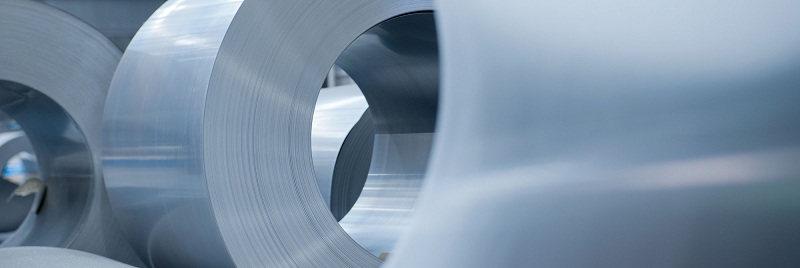
316 stainless steel due to the addition of molybdenum, so its corrosion resistance, atmospheric corrosion resistance and high temperature strength is particularly good, can be used under harsh conditions; Excellent work hardening (non-magnetic). The scope of application includes seawater equipment, chemical, dye, paper, oxalic acid, fertilizer and other production equipment; Photography, food industry, coastal facilities, ropes, CD rods, bolts, nuts.
316L stainless steel, as a low-carbon series of 316 steel, has the same characteristics as 316 steel, and its resistance to grain boundary corrosion is excellent. The scope of application is the product with special requirements for resistance to grain boundary corrosion.
316 and 316L stainless steels are molybdenum containing stainless steels. The molybdenum content of 316L stainless steel is slightly higher than that of 316 stainless steel. Due to the molybdenum in the steel, the overall performance of the steel is better than 310 and 304 stainless steel, under high temperature conditions, when the concentration of sulfuric acid is lower than 15% and higher than 85%, 316 stainless steel has a wide range of uses. 316 stainless steel also has good resistance to chloride erosion, so it is usually used in Marine environments. 316L stainless steel has a maximum carbon content of 0.03 and can be used in applications that cannot be annealed after welding and require maximum corrosion resistance.

In the intermittent use below 1600 degrees and in the continuous use below 1700 degrees, 316 stainless steel has good oxidation resistance. In the range of 800-1575 degrees, it is best not to use 316 stainless steel continuously, but when 316 stainless steel is used continuously outside this temperature range, the stainless steel has good heat resistance. The resistance of 316L stainless steel to carbide precipitation is better than 316 stainless steel, which can be used in the above temperature range. Annealing is carried out in the temperature range of 1850-2050 degrees, followed by rapid annealing and then rapid cooling. 316 stainless steel cannot be overheated for hardening.
316 stainless steel has good weldability. All standard welding methods can be used for welding. When welding, 316Cb, 316L or 309Cb stainless steel filler rods or welding rods can be used according to the use. In order to obtain the best corrosion resistance, the welded section of 316 stainless steel needs to be annealed after welding. If 316L stainless steel is used, post-welding annealing is not required.
5 Benefits Of Stainless Steel Tanker
2023-02-27Why is the motor "iron" core?
2023-09-14Amorphous Alloys: Multidimensional Performance Analysis, Composition Systems, and Cutting-Edge Applications
2025-11-17The Key Role and Technical Analysis of Silicon Steel in Transformer Core Applications
2024-11-23Have you ever noticed the colors of spring?
2023-04-06South Korea imposes AD duties on stainless steel flat-rolled products
2021-08-05






